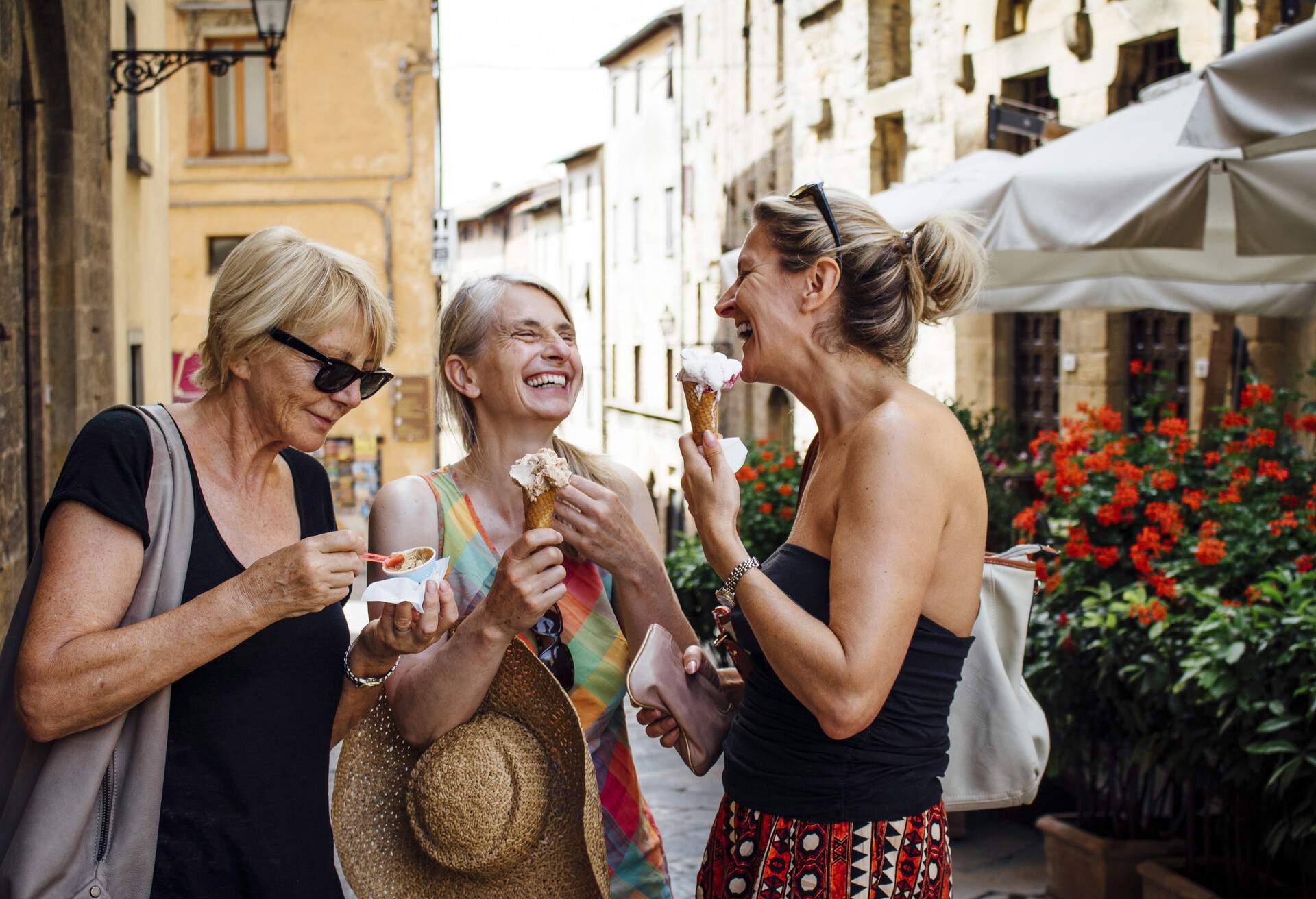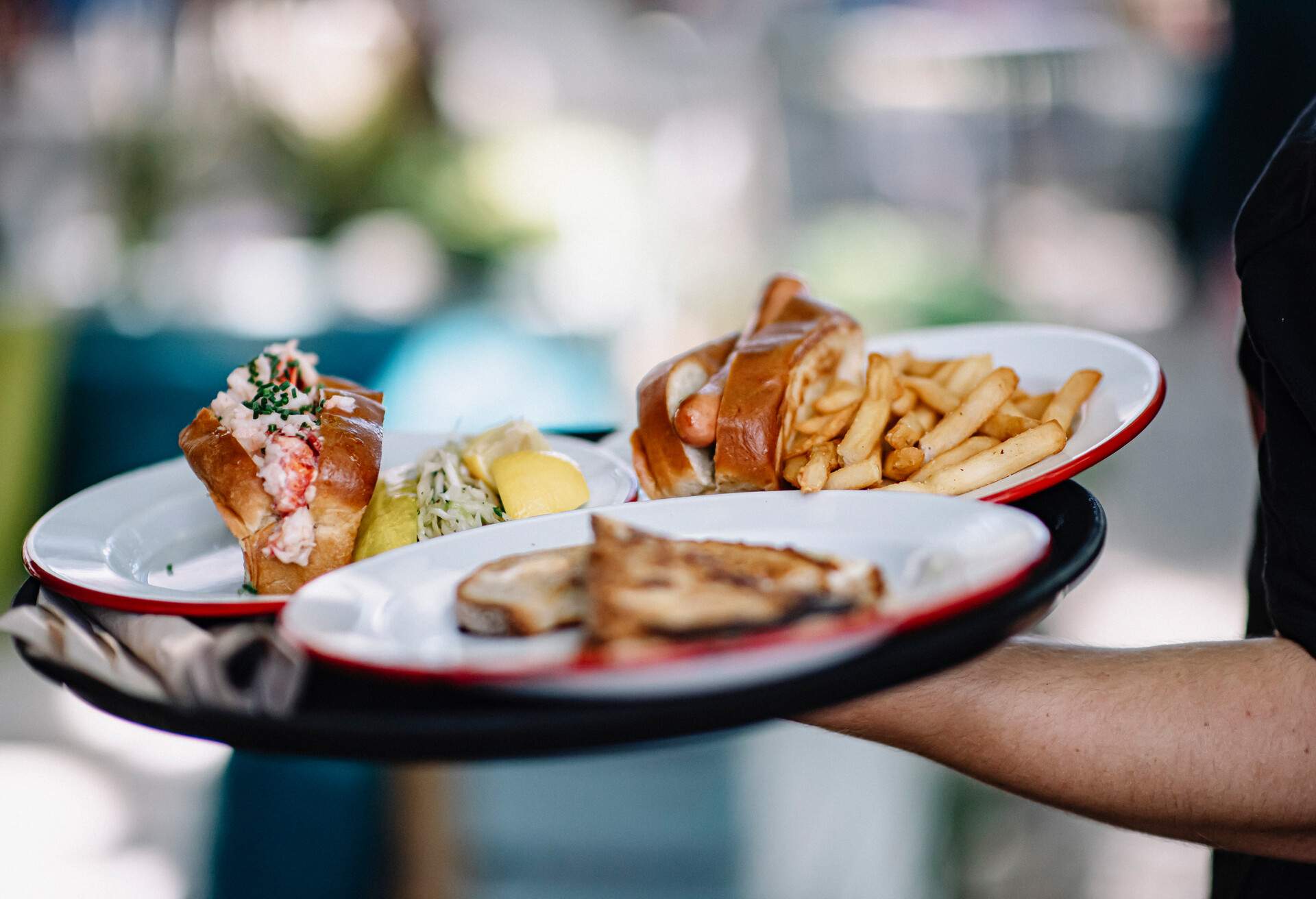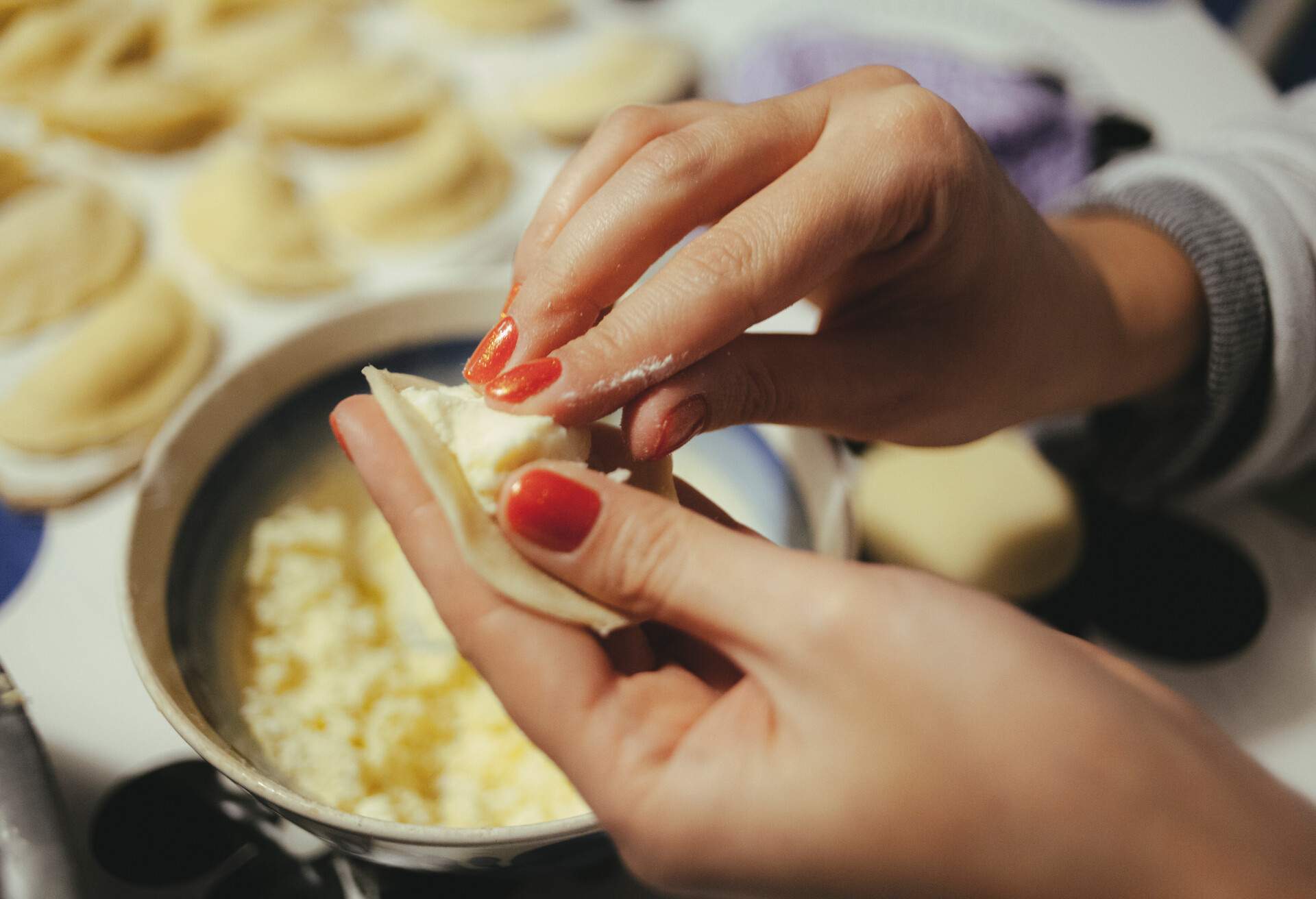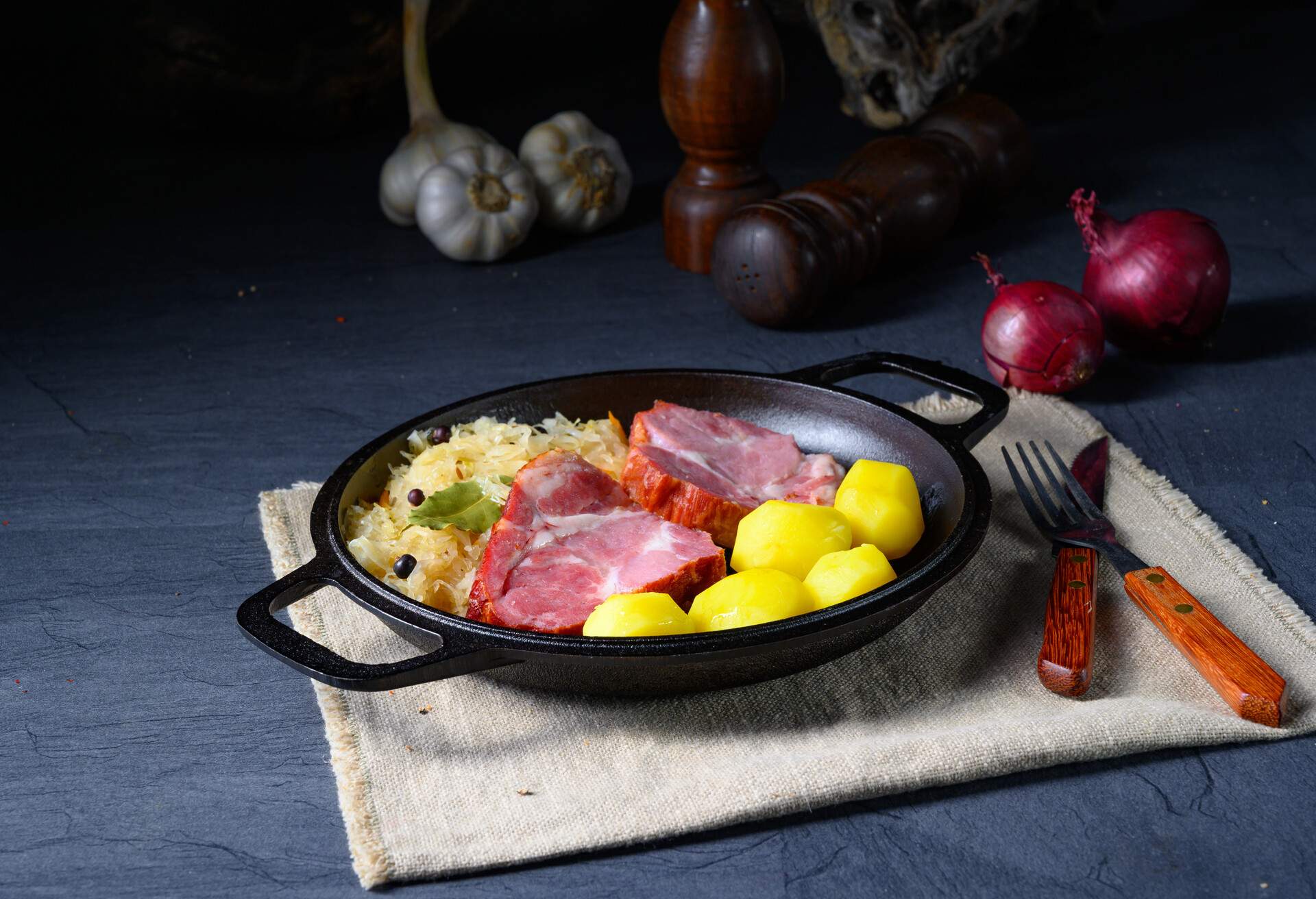The sweeping rugged land of Sardinia, off the coast of the Italian Peninsula, is teeming with myrtle bushes and prickly pears. It offers guests a welcoming experience filled with breath-taking beaches, crystal-clear waters, sunshine and some of the best cuisine imaginable. Traditional Sardinian food has a long history dating back thousands of years and is distinct from Italian cuisine in many ways. You’ll find culinary delights rich in meat and cheeses in and around the inland areas, while the coastal shores tend to have meals revolving around local seafood and catches of the day.
Despite being hard-pressed to find an English menu on the island, we’ve gone through the trouble of compiling a list of the most well-known dishes in Sardinia and where to find the best versions of them. So take the time to go through our recommendations, and when you get to Sardinia, make your trip about the food and you’re bound to leave absolutely satisfied.
Fregula
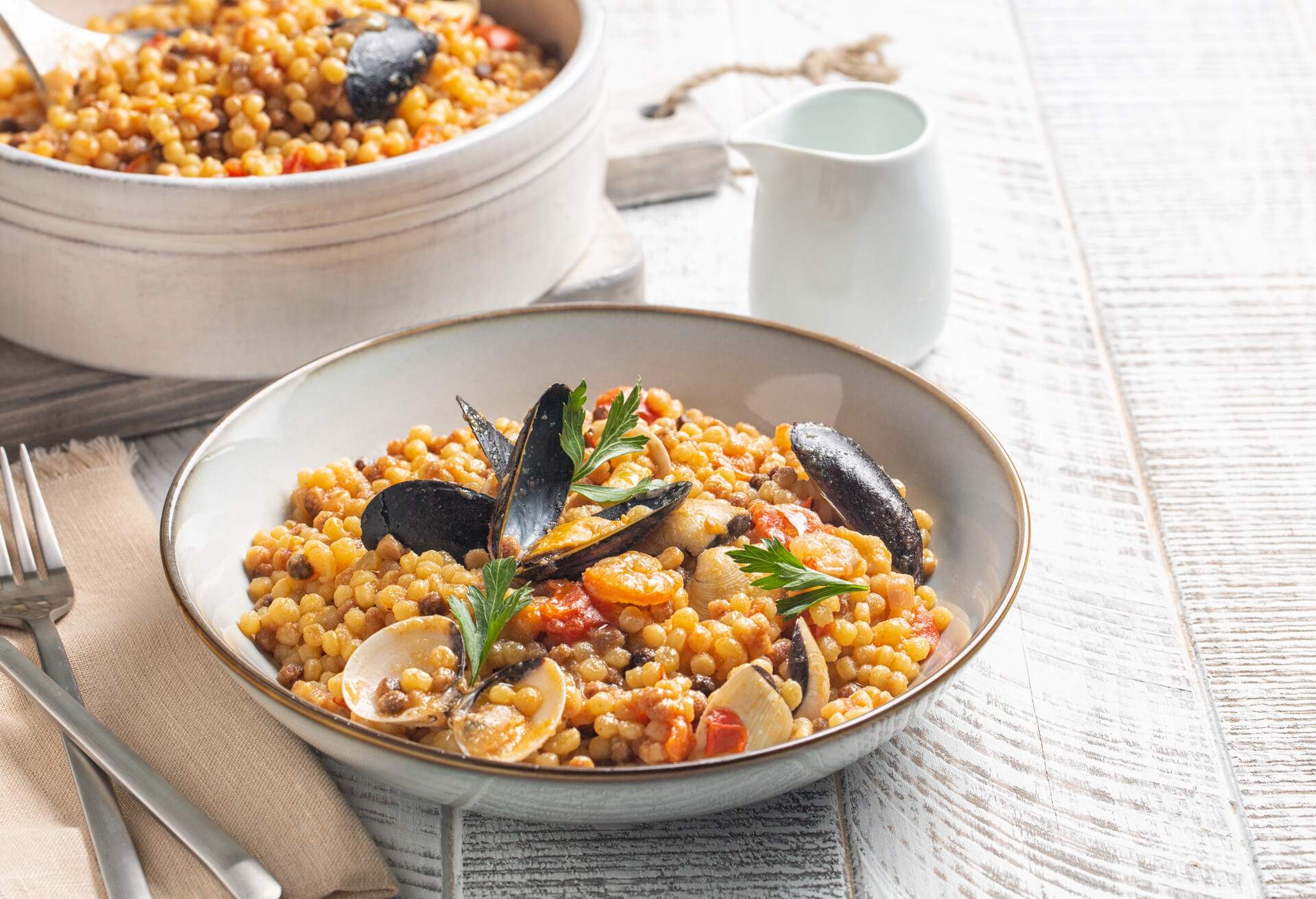
The history of fregula goes back over a thousand years, and the name is derived from the Latin “ferculum”, which means “crumb”. To prepare it, semolina and water are kneaded and mixed over a long period and toasted in the oven, most commonly with saffron. Fregula is commonly seasoned with various red or white sauces based on a choice of fish, or classically with vegetables. You’ll find fregula with clams, prawns, local fish, and much more.
If you’re eating a seafood version of the dish, you’ll want to consider pairing it with fresh wine, such as Vermentino. If you’re enjoying a vegetable or saffron-inspired version, stick with an indigenous white wine produced in Northern Italy. One of the top spots to check out for this dish is Sa Cardiga e Su Schironi, in Capoterra, Italy.
Porcetto arrosto (roasted suckling pig)
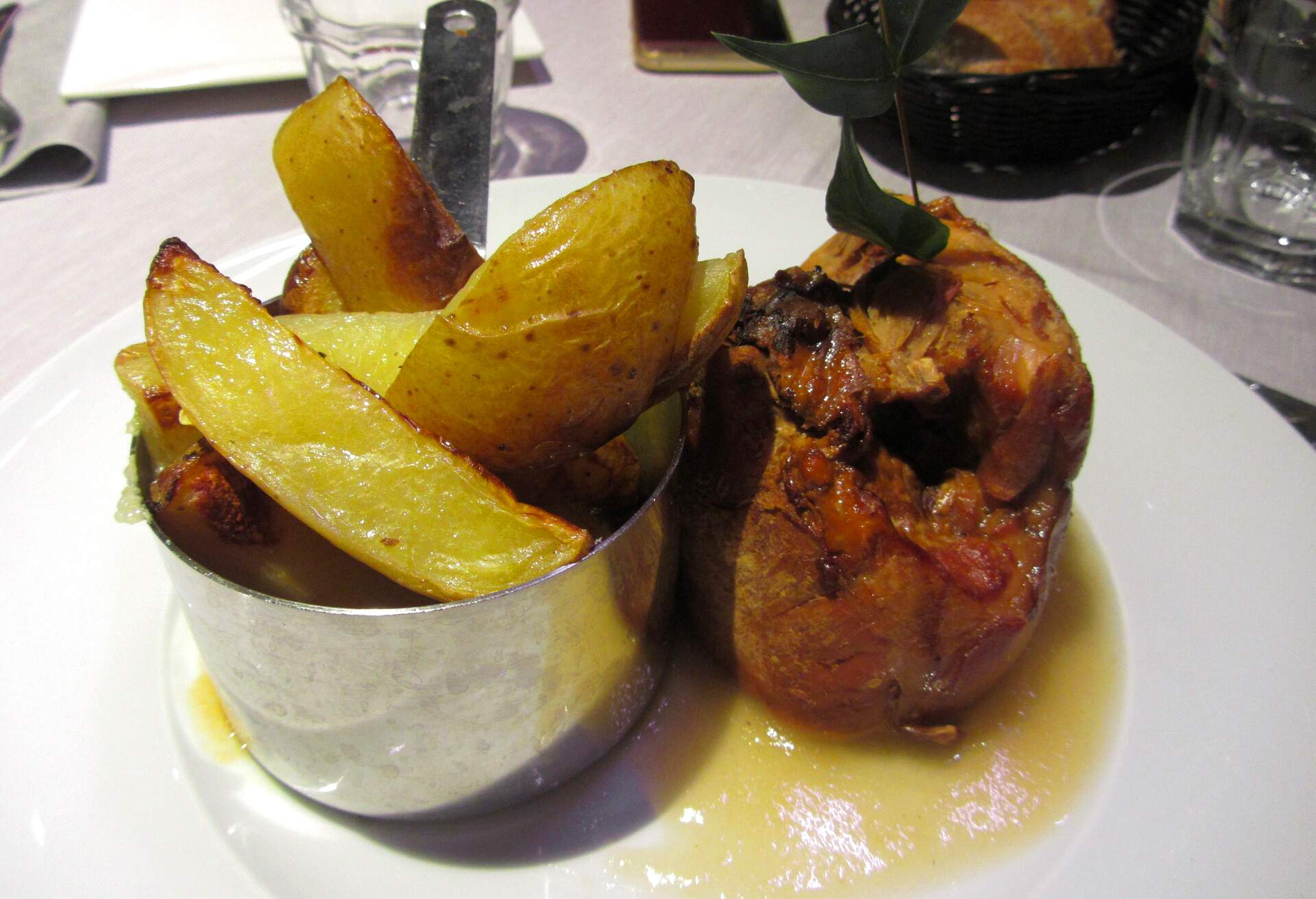
Porcetto arrosto is one of the traditional Sardinian foods that’s inspired by traditions of the island, dating back to when shepherds would take a small suckling pig and roast it in a pit in the earth filled with aromatic spices such as rosemary. Today, the most common way to prepare the dish is to spit-roast the suckling pig for over six hours, to make sure the skin is crunchy and the meat basically falls off the bone. Once the pig is roasted to perfection, it’s covered in myrtle leaves and served. Ristorante Ispinigoli, in Dorgali, is a world-renowned restaurant and serves up one of the finest versions of porcetto arrosto you’ll find in Sardinia. While you’re enjoying the cuisine in Dorgali municipality, don’t forget to take a trip out to Cala Gonone, the Italian seaside town with few inhabitants; it’s an exquisite stretch of coastline for sunbathing.
Lobster – local excellence in Alghero
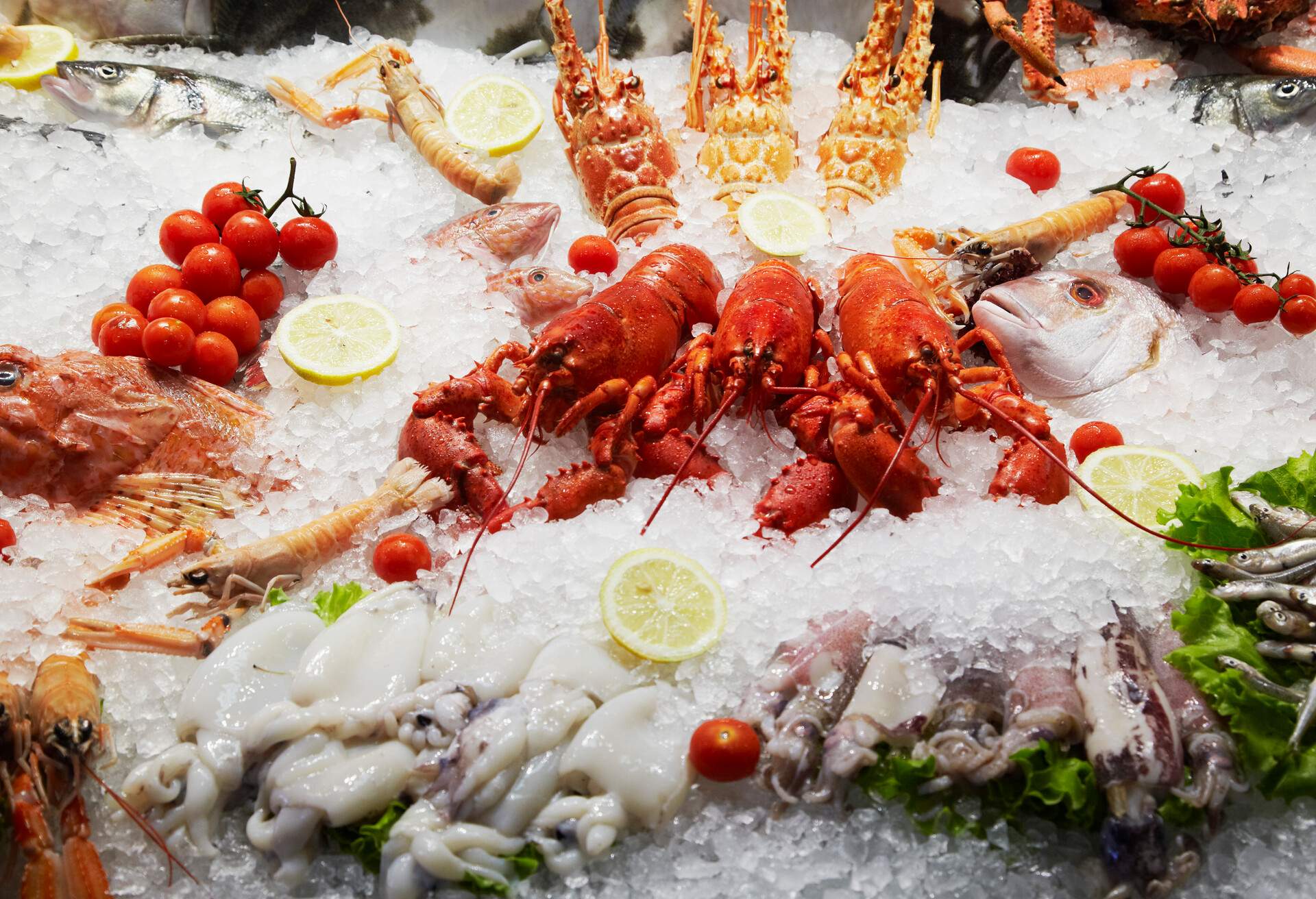
The popularity of lobster in Sardinia, and especially Alghero, comes from the Catalonian influence. It’s a dish that also has its roots in Spain, especially when prepared as a stew. When sampling lobster in Alghero, it’s prepared in a specific way by boiling the lobster and seasoning it with lemon, oil, salt and pepper. It’s then served on a bed of tomatoes, onions, and salad rocket. A popular choice of wine to accompany the meal is sparkling white Alghero, a local white wine. According to many experts, the tastiest lobsters reside in the Gulf of Alghero, between Bosa and Stintino, where the water is saltier and the Posidonia presence makes them even more delicious than usual.
If you’re looking for the best time of year to enjoy a lobster-filled holiday, the entire month of May is dedicated to the crustacean in Alghero. Here, you can head to numerous establishments and enjoy a full lobster-based menu for a reasonable price.
Bottarga
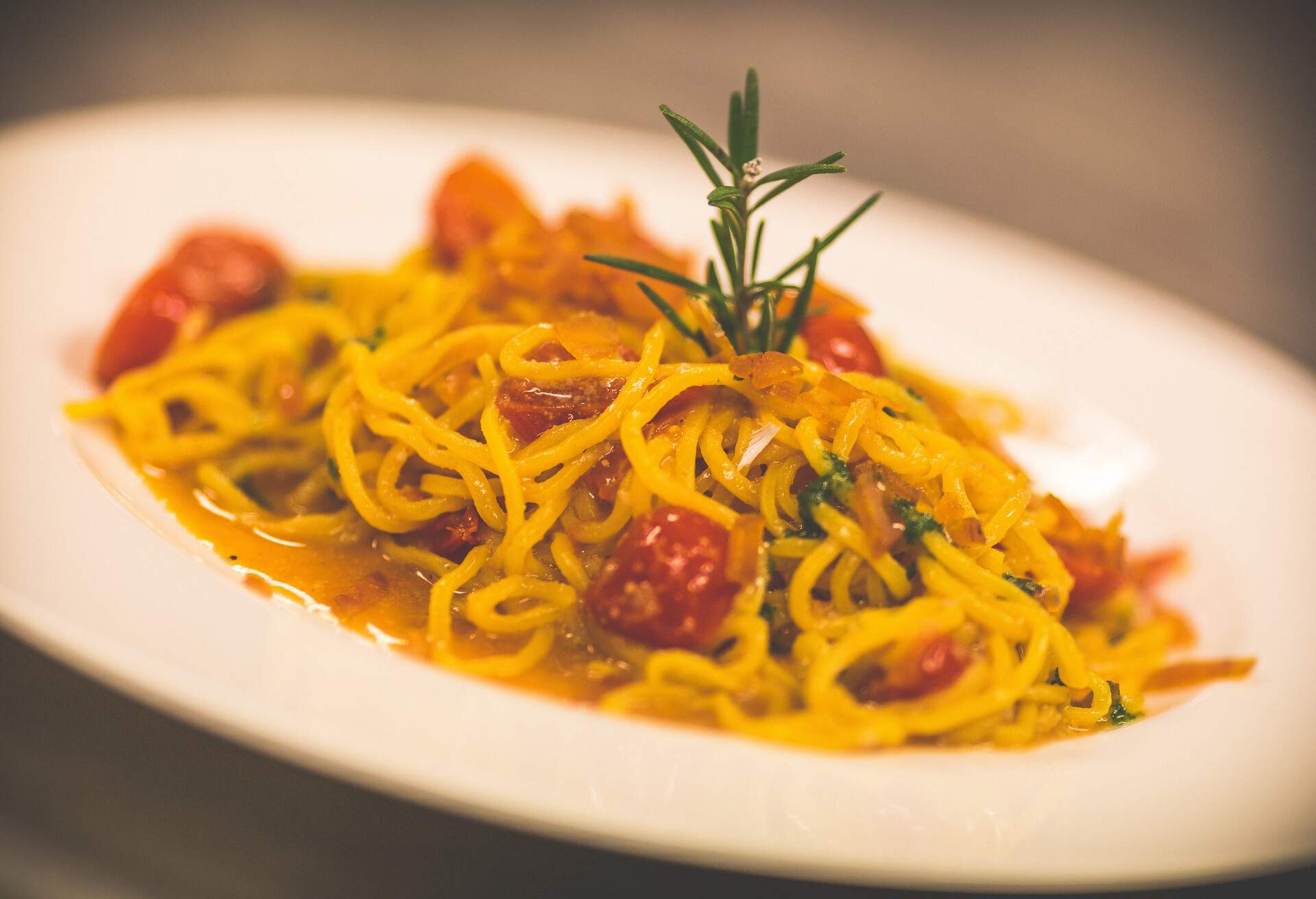
Bottarga dates back over 3,000 years in Sardinia and is said to have been brought over originally by the Phoenicians. It was then spread by the Arabs throughout the Mediterranean and named “butarih”, meaning salting. Commonly known as Mediterranean caviar by locals and travellers alike, this delicacy is a Sardinian speciality that comes from the thousands of eggs produced by the mullet roe. These are dried and salted using traditional methods. The most well-known versions of bottarga are the tuna or mullet kind and are most commonly used as an addition to dishes such as pasta, raw artichokes or asparagus, where the dried mullet fish roe is grated over the top. Some serve it in big sliced chunks with a dash of virgin olive oil.
Bottarga is a common choice for many locals, and you’ll find it at almost every restaurant. Add a little extra to your pasta dishes and have something to write home about; you won’t regret it.
Snails
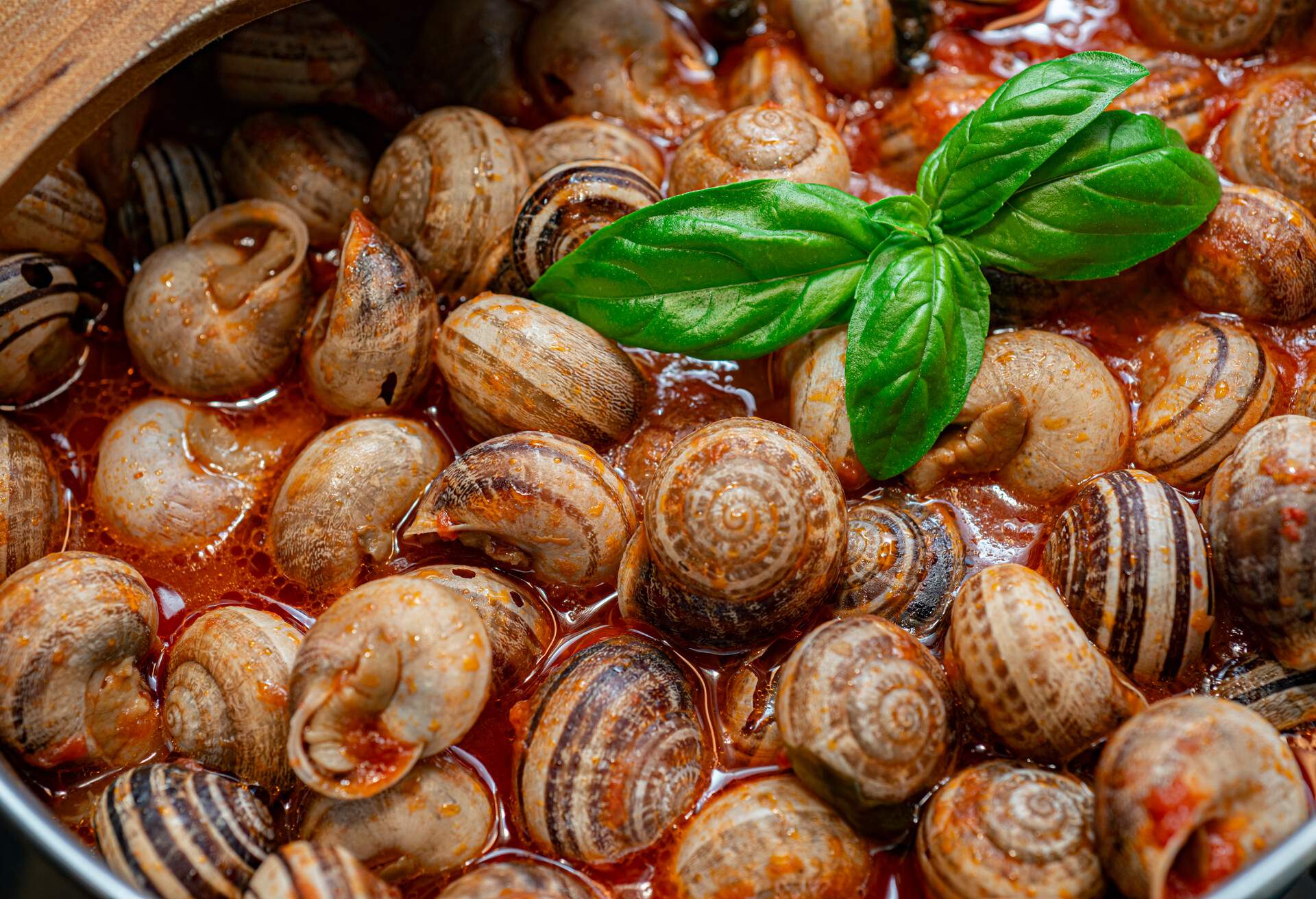
Snails have been cooked in Sardinia for a very long time. The most popular place to find them, however, is in and around Sassari, one of the largest cities in the region, which has countryside where the snails flourish. These snails are prepared in various ways, though the most common is to simmer them in a spicy tomato sauce or sauté them in garlic, parsley, oil and breadcrumbs.
Lumache al Sugo is a traditional version of the snails that is made by cooking them in boiling salt water and then adding them to a simmering sauce made from garlic, tomatoes, hot peppers, rosemary, salt and olive oil, served as hot as possible. A popular wine pairing for these snails includes a glass of Cagnulari, a red wine from Sardinia. One of the top choice restaurants in Sassari where you can enjoy this delicacy is Le Due Lanterne.
Pardulas – a most traditional Sardinian food
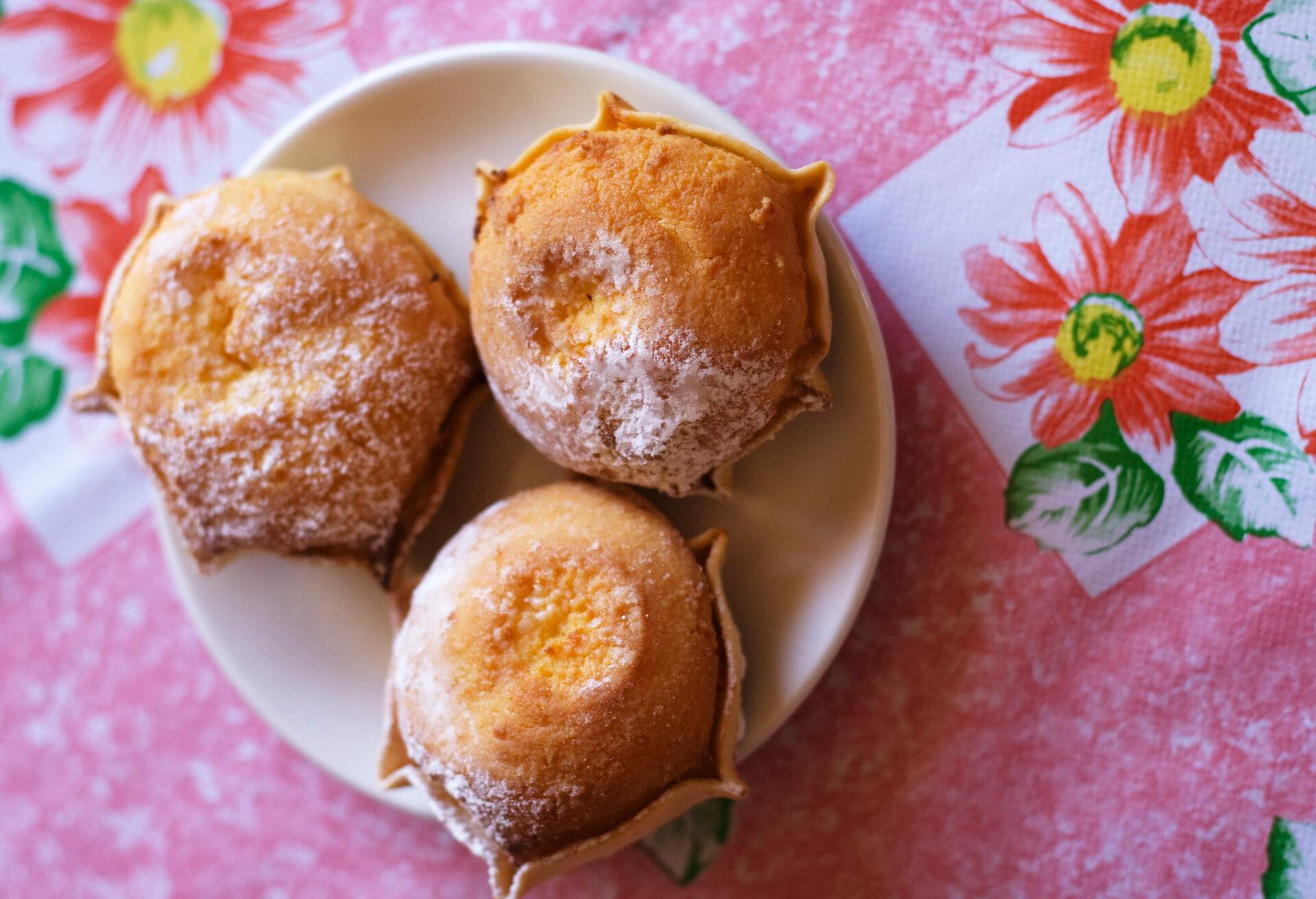
Pardulas are possibly the most well-known edible from Sardinia and have a long history in the area, though how long, nobody seems to know. It does date back to the 15th century at least. Despite being enjoyed throughout the day, pardulas are typically a breakfast dish resembling small pies filled with a mix of the ever-popular saffron, some ricotta cheese and lemon and then bound using a thin puff-pastry collar. You’ll find pardulas in local bakeries throughout the year, though they were traditionally an Easter dessert. If you make your way to other places in Italy, you’re likely to find a different version of this, called casadina, which replaces the ricotta cheese with pecorino.
Sebadas (or seadas)
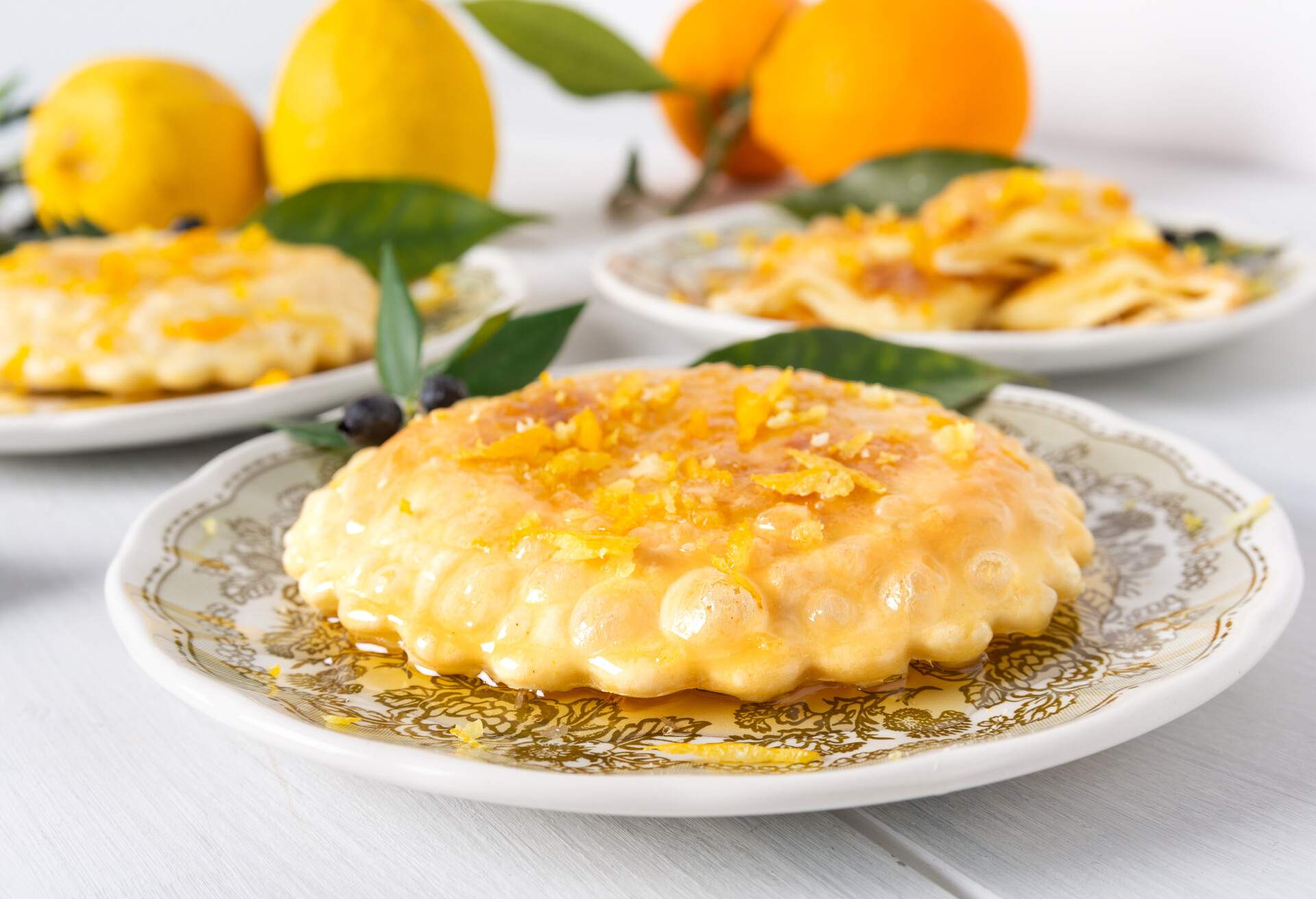
Continuing with the dessert theme, another popular choice for locals and travellers alike are sebadas, which are large deep-fried semolina dumplings filled with lemon zest and fresh pecorino. This crunchy, crispy, deep-fried morsel also dates back to the shepherding days, when the local women would dress up and wait for their husbands to return from their long months spent in the pasturelands and serve them sebadas when they arrived. It was also an easy dish to make using a few inexpensive ingredients that the wives would have in their homes. If you want to try some of the best sebadas in Sardinia, make your way to Lanusei and try them out at the well-known Pastificio Vito Arra.
Vermentino
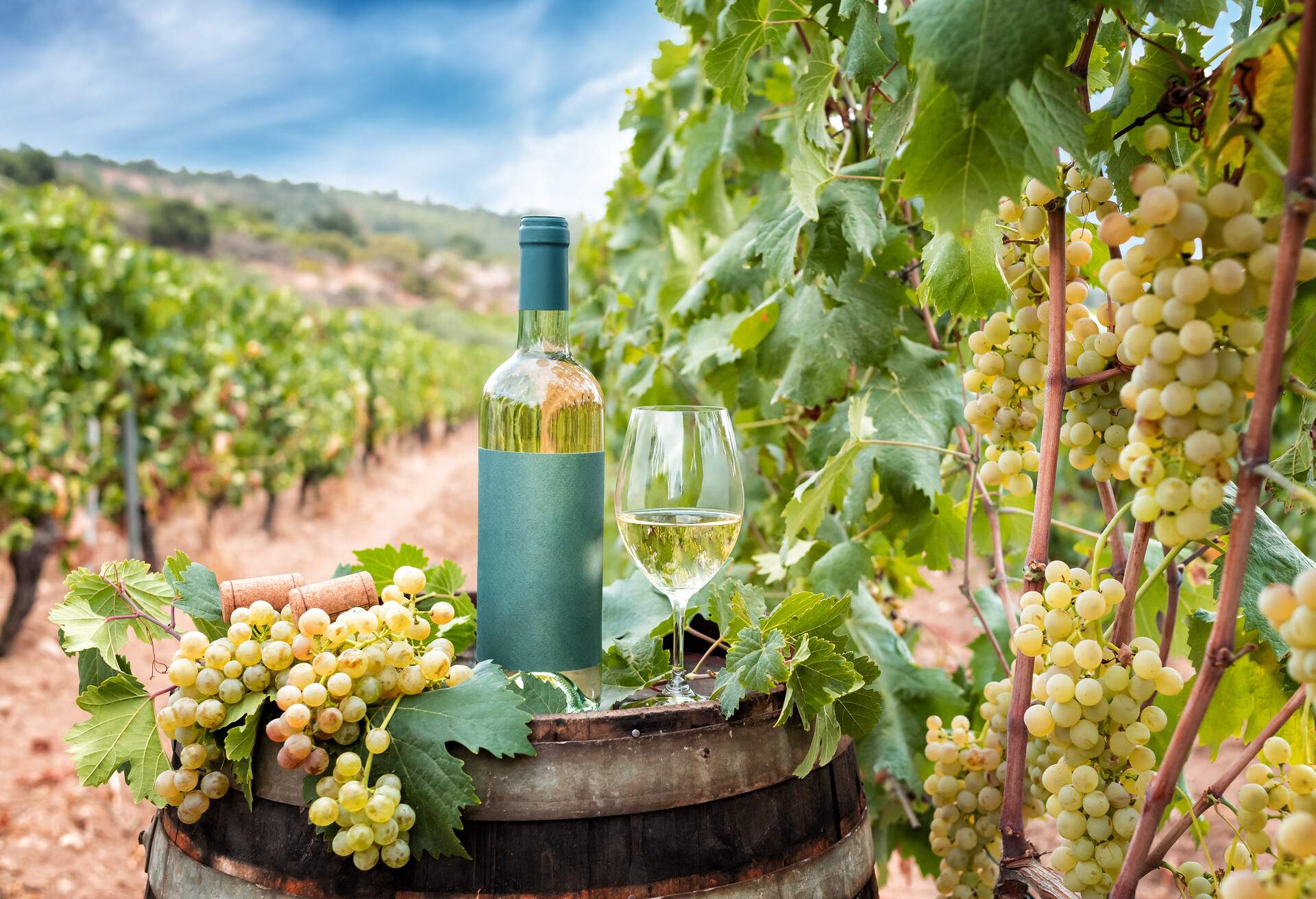
We can’t have a list of traditional Sardinian food without including the most famous wine in the area, Vermentino. Vermentino di Gallura is a beautiful pale, straw-coloured white wine that is the only wine in Sardinia with a DOCG ranking, the highest ranking possible in the four-tier Italian classification. The Vermentino grapes flourish in the area, thanks to the reflections of the sun coming off the sea, while the temperature differences and windy climate during the evening increase the flavour compounds and acidity of the wine, making it a lovely choice for any occasion. Although typically found as a still wine, there are sparkling versions available, and they’re often paired with regional specialities and seafood dishes throughout Sardinia.
Alghero is the most popular town where Vermentino is found and is home to Sella & Mosca, one of the most acclaimed Sardinian wineries that have been growing Vermentino for many years.
